Det frodige underverket: En omfattende guide til spinat
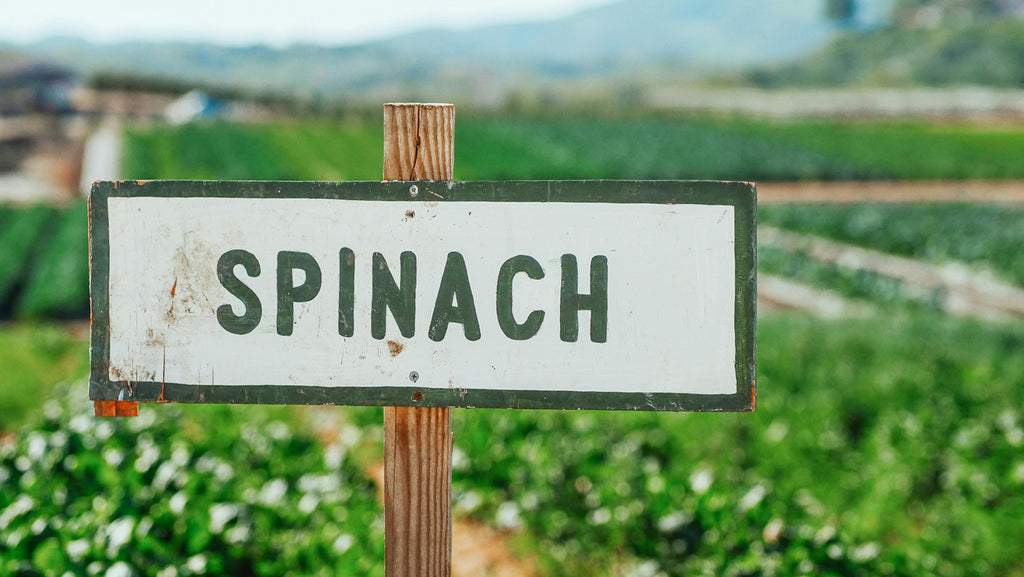
Spinat, med sine livlige grønne blader og allsidige natur, har fortjent sin plass som en elsket grønnsak på kjøkken over hele verden. Fra sin rike historie til sine mange helsefordeler og kulinariske allsidighet, er spinat en ernæringsmessig kraftpakke som fortjener et nærmere blikk. La oss dykke ned i den fascinerende verdenen av spinat, utforske dens historie, dyrking, helsefordeler, kulinariske bruksområder og mer.
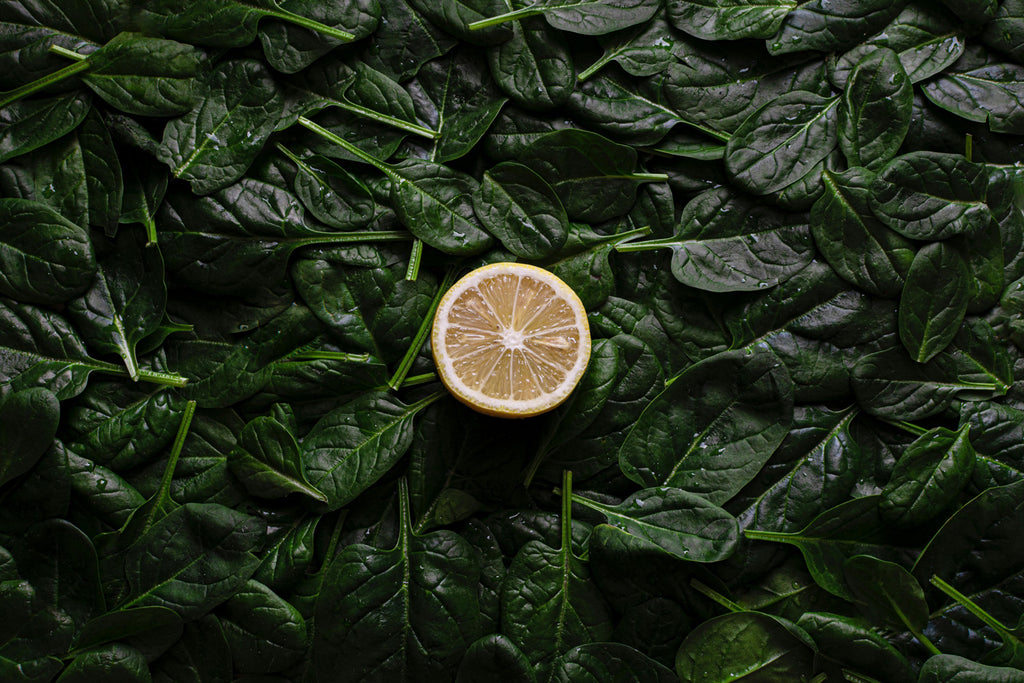
En kort historie
Spinat har sine røtter i det gamle Persia (dagens Iran), hvor den ble dyrket for over 2000 år siden. Den spredte seg senere til Kina, hvor den var kjent som "persisk grønnsak", før den nådde Europa i middelalderen. Spinat ble populær i middelhavskjøkkenet og fant til slutt veien til Nord-Amerika på 1800-tallet. I dag dyrkes og nytes den over hele verden, verdsatt for sin ernæringsmessige verdi og kulinariske allsidighet.
Dyrking og vekst
Spinat er en kjølig sesongavling som trives i tempererte klima. Den foretrekker veldrenert jord rik på organisk materiale og rikelig med sollys. Spinat kan dyrkes fra frø eller planter og plantes vanligvis tidlig på våren eller sent på sommeren for høsting om høsten. Regelmessig vanning og riktig avstand er essensielt for sunne spinatplanter, som modnes på omtrent 6 til 8 uker.
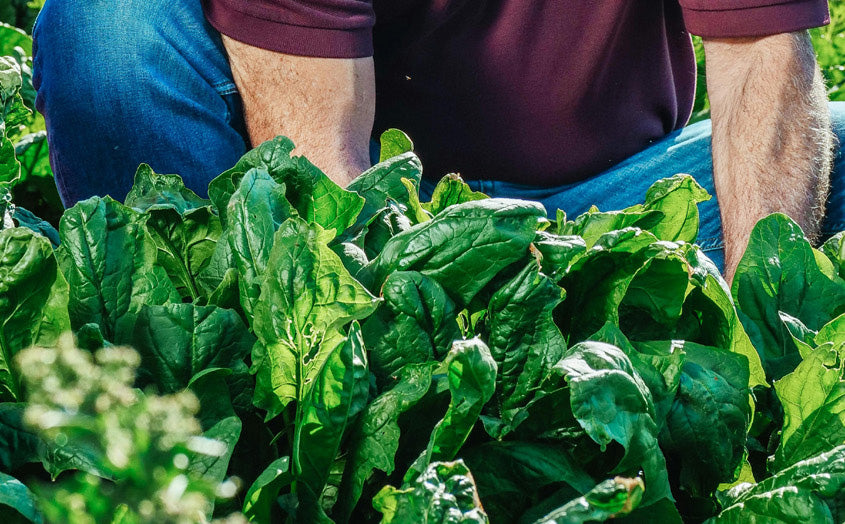
Varianter av spinat
Spinat finnes i ulike kultivarer, hver med sine unike egenskaper. Vanlige typer inkluderer savoyspinat med krøllete blader; glattbladet spinat, som har flate, glatte blader; og semi-savoy spinat, en hybridvariant med lett krøllete blader. Babyspinat, høstet når den er ung og mør, er også populær for sin delikate smak og tekstur.
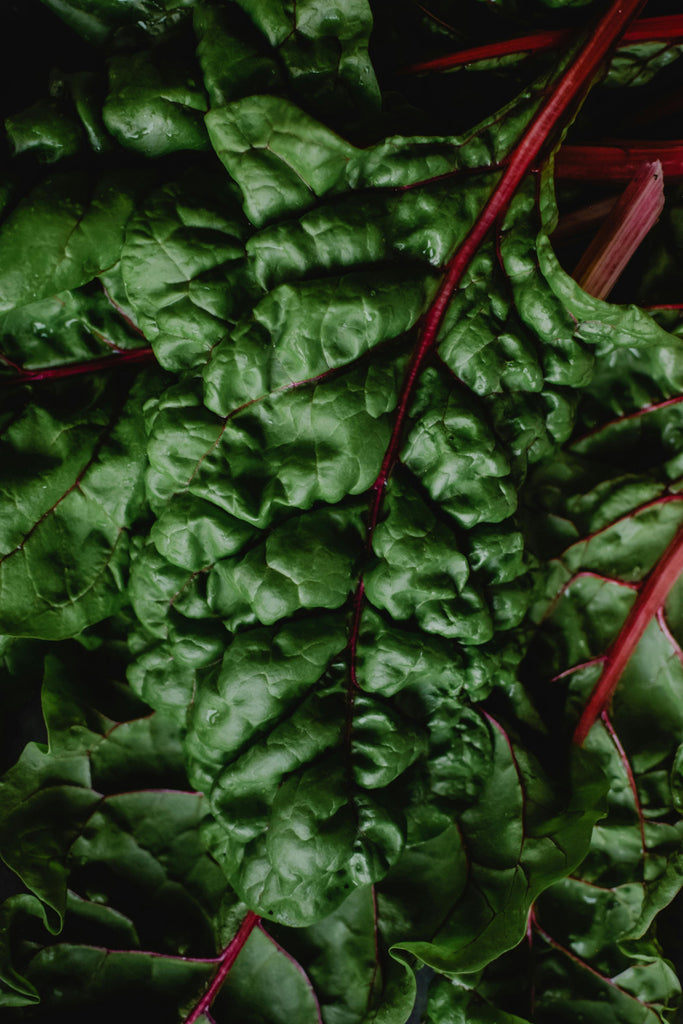
Helsefordeler
Spinat er fullpakket med næringsstoffer, noe som gjør den til en ernæringsmessig kraftpakke. Den er en utmerket kilde til vitamin A, C og K, samt folat, jern og kalsium. Spinat er også rik på antioksidanter, som hjelper til med å beskytte mot betennelse og oksidativt stress. Det høye fiberinnholdet fremmer fordøyelseshelsen, mens det lave kaloriinnholdet gjør den til et vektvennlig alternativ.
Fersk vs. frossen spinat
Både fersk og frossen spinat har sine fordeler i matlaging. Fersk spinat er ideell for salater, sautering og oppskrifter hvor dens delikate tekstur er ønsket. Frossen spinat, derimot, er praktisk for supper, gryteretter, smoothies og retter hvor spinaten skal kokes ned. Frossen spinat er også et praktisk alternativ for å bevare spinat når den ikke er i sesong.
Kulinariske bruksområder
Spinat egner seg til et bredt spekter av kulinariske bruksområder, fra enkle salater til komplekse hovedretter. Den kan nytes rå i salater eller smørbrød, sauteres som tilbehør, eller inkorporeres i supper, gryteretter, paier og pastaretter. Spinat passer godt sammen med hvitløk, løk, tomater, ost, nøtter og ulike urter og krydder, og tilfører smak og næringsverdi til retter.
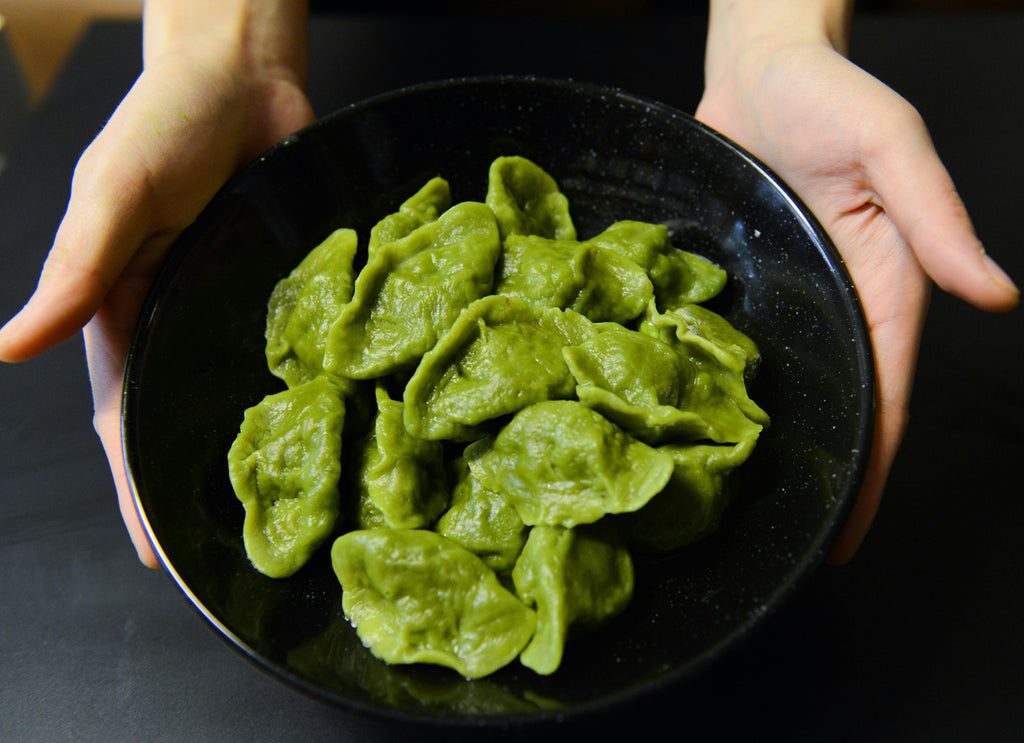
Eksempler på retter med spinat
- Spinatsalat med jordbær, fetaost og balsamico-vinaigrette
- Kyllingbryst fylt med spinat og fetaost
- Spinat- og sopppai
- Kremet spinat- og artisjokkdipp
- Pasta-skall fylt med spinat og ricotta
- Saag paneer (indisk spinatcurry med ost)
- Spanakopita (gresk spinatpai)
- Spinat- og linsesuppe

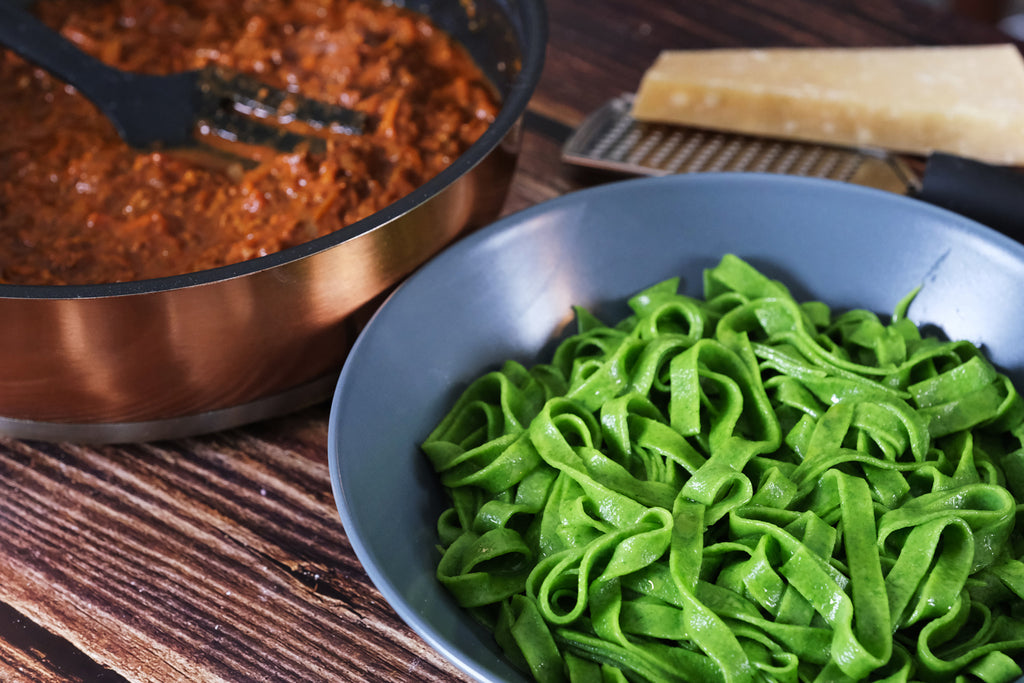
Matlagingsteknikker
Spinat kan tilberedes på ulike måter, inkludert sautering, damping, koking og blanchering. For å sautere spinat, varm opp olivenolje i en panne, tilsett finhakket hvitløk, og stek til det dufter. Tilsett ferske spinatblader og stek til de visner. Damping bevarer spinatens næringsstoffer og livlige farge, mens koking eller blanchering er ideelt for oppskrifter som krever kokt spinat.
Oppbevaringstips
For å holde spinaten fersk, oppbevar den uvaske i en plastpose i kjøleskapets grønnsaksskuff. Vask spinaten rett før bruk, da overflødig fuktighet kan få den til å bli dårlig raskt. For langtidslagring, blancher fersk spinat, klem ut overflødig vann, og frys den i lufttette beholdere eller fryseposer i opptil seks måneder.

Sammendrag
Spinat er ikke bare en næringsrik kraftpakke, men også en allsidig og smakfull ingrediens som tilfører dybde og liv til utallige retter. Enten den nytes rå i salater, kokt i supper og gryteretter, eller blandet i smoothies, tilbyr spinat et hav av kulinariske muligheter. Ved å forstå dens historie, dyrking, helsemessige fordeler og kulinariske bruksområder, kan du fullt ut sette pris på det grønne underverket som spinat er i all sin prakt. Så neste gang du er på kjøkkenet, omfavn spinatens allsidighet og la de livlige grønne bladene inspirere dine kulinariske kreasjoner.
Relaterte emner:














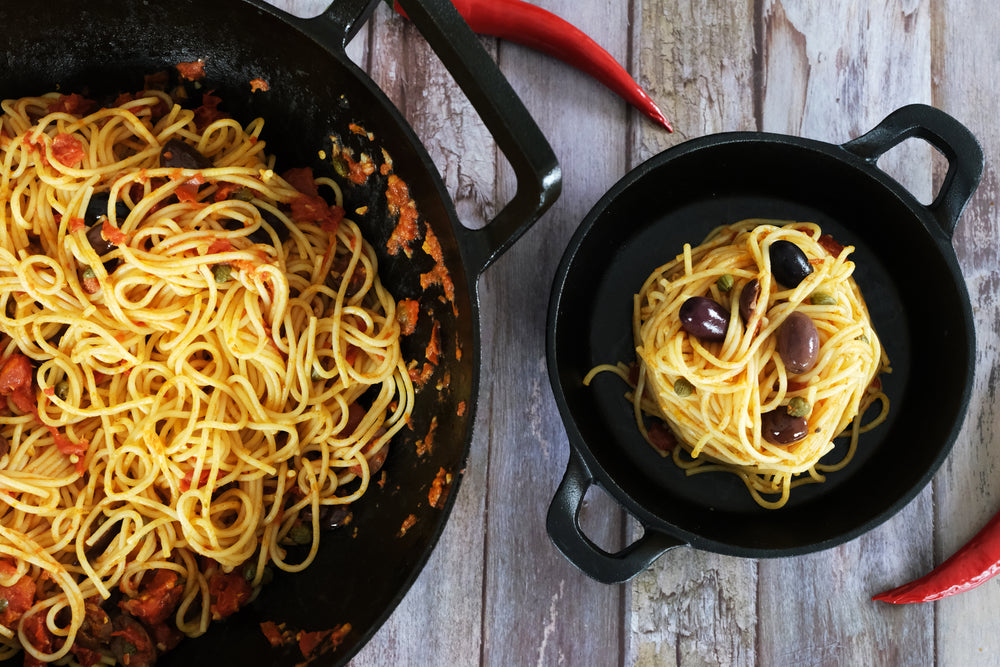
Legg igjen en kommentar